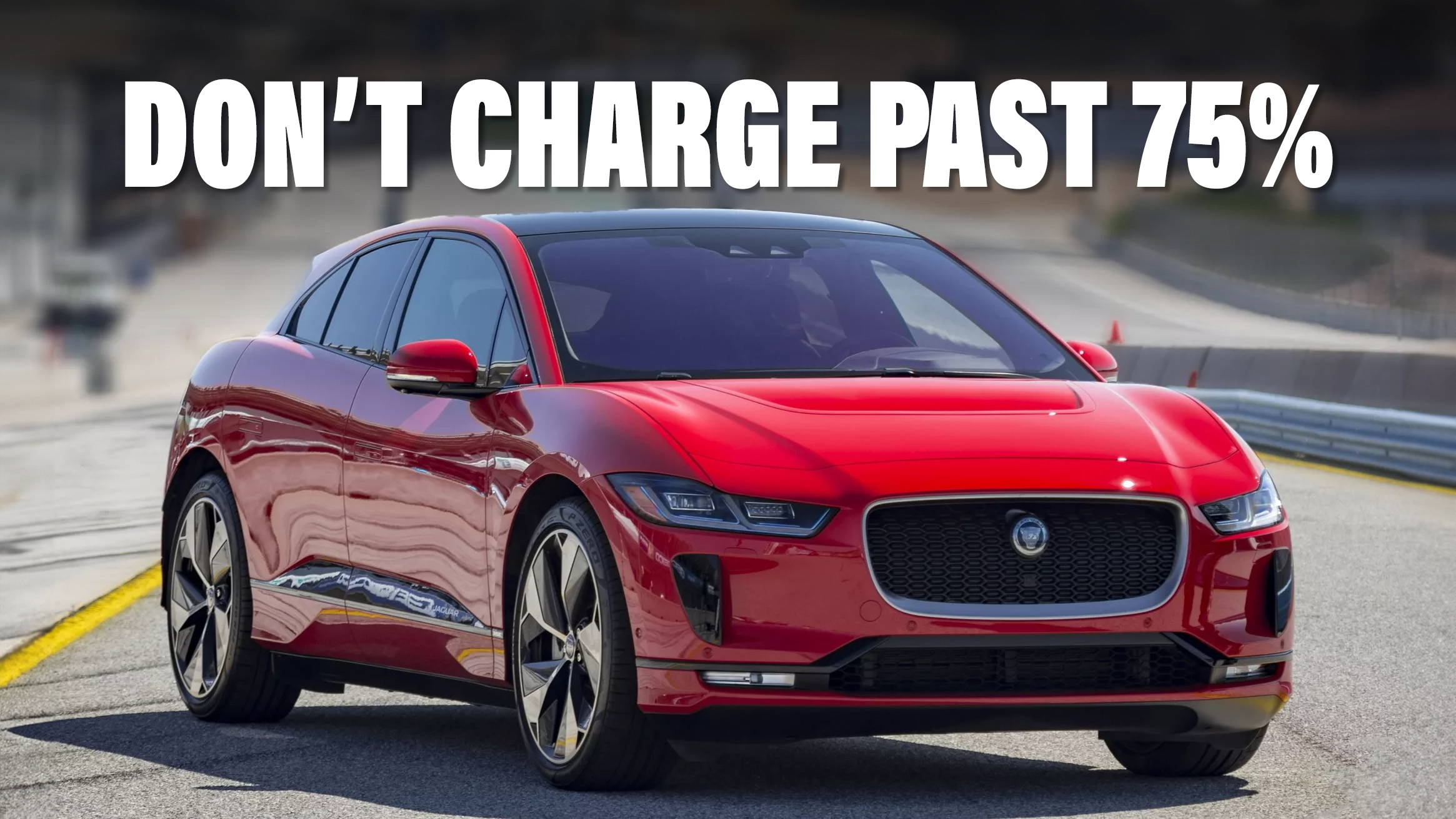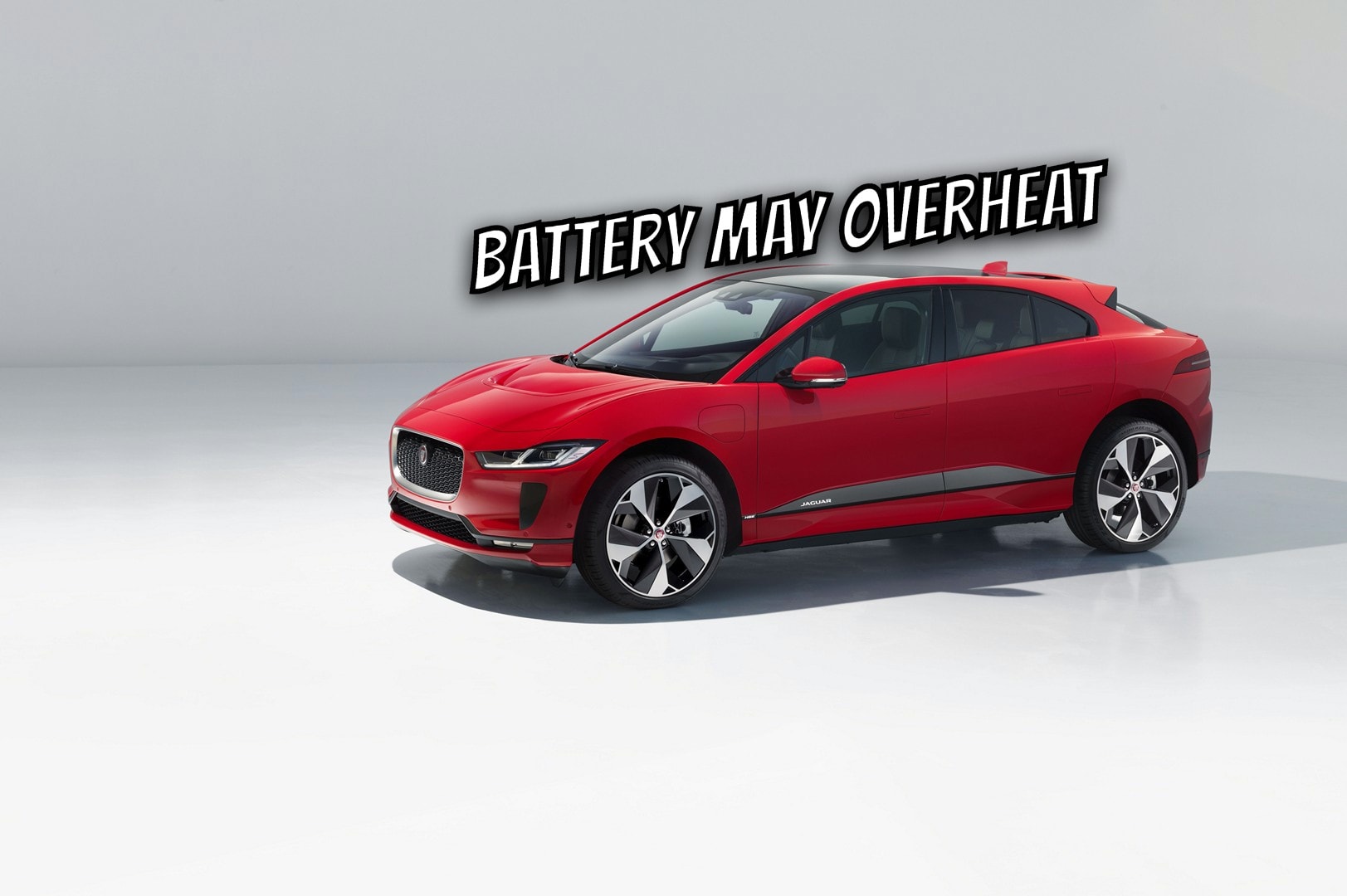Doesn't the Nissan Leaf use pouch cells? I only mention it because they've been in use longer than most and despite being old tech don't have a reputation for bursting into flames AKAIK.
Leaf & Zoe might be different in some way I don't know about. Some sites say Zoe is pouch, others prismatic. Zoe has better cooling, so I would imagine Leafs used in hot places would be more liable to fires unless some mitigation. Leafs certainly have had problems with capacity decreasing in hot environments.
Perhaps part of the pouch danger comes from
charging speed. Old Zoe is 43 kW AC, Leaf according to first website is 50kW DC on Chademo.
Perhaps a
conservative chemistry or extra strong pouches were used. Perhaps the pouch's case is gas-tight & strong. Perhaps each cell (8?) isn't that powerful.
Plug-in electric vehicle fire incidents - Wikipedia either lots of Leafs in Ukraine (quite possibly, lots of EVs there) and/or unlucky with charging.
Those companies dealing with fixing Leafs, upgrading packs or reusing for stationary storage would be knowledgeable.
My limited knowledge, probably pouch?
192 cells
Nissan LEAF lithium-ion batteryIn follow-up to the previous teardown report on new Leaf’s motor and drivetrain, this report presents the details of the battery system. Since the initial launch o
www.marklines.com
Leaf chemistry info on that link.
Manganese + bit of nickel (Gen 1) or Gen 1 + cobalt. maybe that's much safer, maybe combined with structure, slow charging speed etc. Pouch cells that have cause problems in Bolt, ID, i-Pace etc would probably be higher energy, cars probably charge faster (Bolt?)
LiMn2O4 + LiNiO2 (Modification with nickel addition to the above material, spinel structure)
Used on
first generation Leaf.
The battery adopted on the Leaf is a product made by AESC, a joint venture company between Nissan and NEC. As a result, the technology from NEC Tokin was used to develop the AESC battery. In the Lithium manganese oxide battery described above, due to the efficient electrolysis of the electrolyte, large capacity and long life was an issue. However, with a sufficient dose of nickel additive, it was found that the decrease in battery capacity could be controlled, which led to the full scale adoption of it as the cathode material for mass production BEVs.
LiNixMnyCozO2 (Addition of cobalt = known as ternary material, layered structure)
New usage on
the second generation Leaf
In the current Leaf, further increases in battery capacity were required, so a laminate structure that can achieve a high density of Lithium Ion storage has been used. The material is made of ternary material, overcoming the concerns of a laminate structure design by optimization of the cell design to achieve significant increases in energy density, leading to its adoption on the Leaf from 2017 onwards.

 fortune.com
fortune.com






